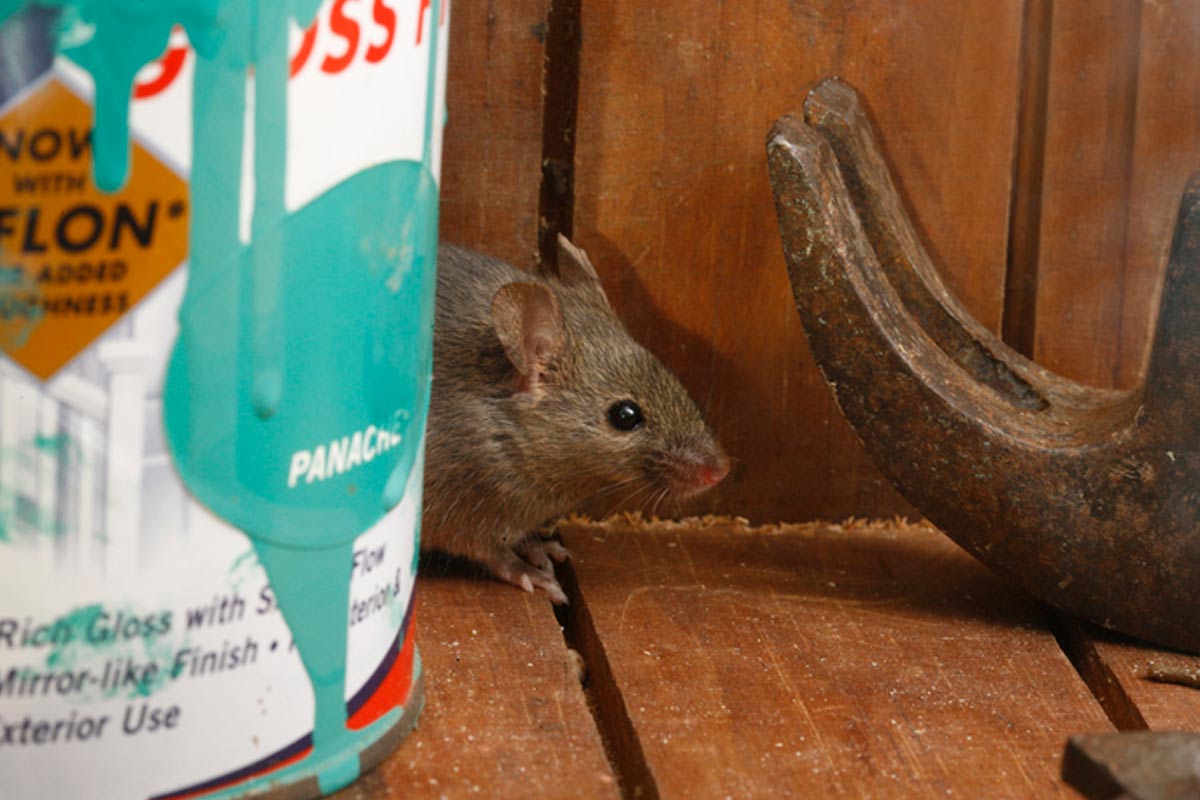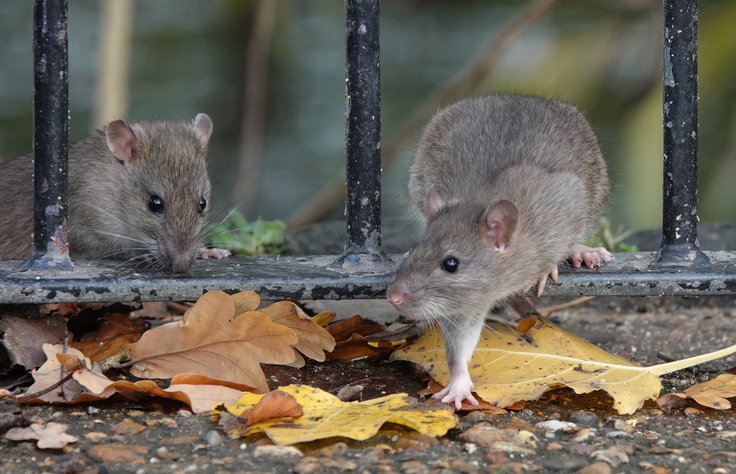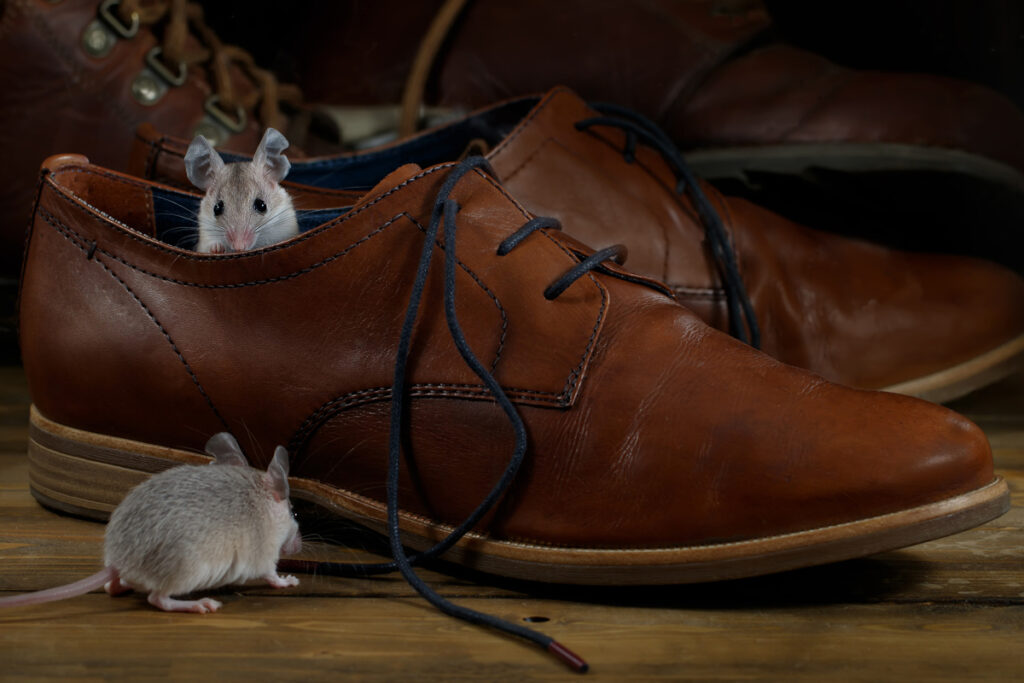What Attracts Mice to Homes?
Mice are attracted to homes primarily in search of food and shelter. Warmth from houses, especially during colder months, provides a safe haven for nesting. Easily accessible food sources, such as crumbs, unsealed food containers, and pet food, serve as strong attractants. Mice can enter homes through tiny openings and cracks in search of these necessities. Reducing food availability and sealing entry points are key in preventing mouse infestations in homes.

- The Unseen Guests: Understanding and Preventing Mice Infestations in Homes
- Seeking Shelter: The Quest for Warmth
- Nesting Havens: The Need for a Secure Home
- Foraging for Food: The Search for Sustenance
- Adaptive and Opportunistic Feeders: The Survivalists
- Combating the Infestation
- Frequently Asked Questions on What Attracts Mice to Homes
The Unseen Guests: Understanding and Preventing Mice Infestations in Homes
As the seasons shift and the chill of winter approaches, many homeowners find themselves unwittingly hosting unwelcome guests: mice. These small, seemingly innocuous rodents, often perceived as just a mere nuisance, actually pose more significant risks than many realize. Their presence in homes is not a simple matter of cohabitation; it is a complex issue that intertwines with aspects of home safety and human health. Understanding what attracts mice to homes and how to effectively prevent these infestations is a critical component of maintaining a healthy and secure living environment.
The interaction between mice and humans is as old as civilization itself. These rodents have long been associated with various health risks and property damage, making their management a topic of both historical and contemporary significance. The stealthy nature of mice, combined with their ability to rapidly reproduce, often leaves homeowners grappling with the problem before they fully realize the extent of the infestation.
Mice, driven by their basic needs for shelter and sustenance, find in human residences the ideal conditions to thrive, especially during colder months. Our homes inadvertently become sanctuaries for these creatures, offering them warmth away from the biting cold and a plentiful supply of food. This migration of mice into domestic spaces is not random; it is a calculated survival strategy that has evolved over centuries of coexistence with humans.
The risks associated with mice in homes are multifaceted. Beyond the immediate discomfort and unease they bring, these rodents are carriers of various diseases, such as hantavirus and salmonella, which can pose serious health risks. Furthermore, their natural instinct to gnaw can lead to significant property damage, including chewed electrical wires, which are a fire hazard, and compromised insulation.
As we delve deeper into understanding the behavior of mice – their search for shelter, nesting habits, foraging techniques, and adaptive strategies – it becomes evident that preventing infestations is more than just a matter of setting traps or sealing entry points. It requires a comprehensive approach that encompasses maintaining cleanliness, storing food properly, and being vigilant about the signs of an infestation. This article aims to explore these aspects in detail, providing homeowners with both technical knowledge and practical advice to safeguard their homes against these tiny, yet significant intruders.
Seeking Shelter: The Quest for Warmth
The instinctual search for warmth leads mice to explore human residences, particularly as the cold weather sets in. This behavior is not just a preference but a survival mechanism. Mice, being small mammals, lose body heat rapidly and seek consistent warmth to survive. Homes, with their insulated walls and central heating, offer an ideal environment.
- Entry Points: Mice exploit the smallest of openings to enter homes. These include gaps in doors, windows, and foundations, as well as openings for pipes and ventilation systems. They can compress their bodies to fit through spaces that seem impossibly small, making even the tiniest of cracks a potential entryway.
- Weather-Driven Migration: As outdoor temperatures plummet, the migration of mice into buildings increases. This seasonal shift means that the onset of autumn and winter typically marks a peak in rodent-related home invasions.
Nesting Havens: The Need for a Secure Home
Once inside, mice seek out safe and secluded areas to nest. These nests are crucial for their survival, providing a sheltered space for resting and rearing their young.
- Preferred Nesting Sites: Common nesting sites in homes include less frequented and cluttered areas like attics, basements, behind appliances, and within wall voids. These areas offer protection from predators and human disturbance.
- Materials for Nest Building: Mice use a variety of materials to construct their nests, including shredded paper, fabric, insulation material, and other soft items found within the home. The nests are usually spherical in shape and intricately woven.
Foraging for Food: The Search for Sustenance
Mice require a steady food supply for energy, particularly as they breed throughout the year. Homes inadvertently offer a bounty of food options.
- Sources of Food: Kitchen areas are hotspots for mice due to the abundance of food. Unsecured food items, crumbs, and spills are easy targets. Mice also scavenge in garbage bins and may feed on pet food left in bowls.
- Feeding Habits: Mice tend to feed at night, following scent trails to food sources. They prefer grains and seeds but will eat almost anything available. Their ability to survive on minimal water intake allows them to thrive even in relatively dry environments.
Adaptive and Opportunistic Feeders: The Survivalists
Mice have evolved to coexist with humans, adapting their behavior to exploit the opportunities our environments provide.
- Physical Adaptations: Their small size and agility allow mice to access food and shelter in human environments with ease. They can climb, jump, and even swim, which facilitates their exploration and access to food sources.
- Behavioral Adaptations: Mice are cautious yet curious creatures. They often explore new areas and food sources cautiously but will quickly take advantage of opportunities. Their nocturnal nature helps them avoid detection, making it challenging to identify and address infestations promptly.
| Aspect of Seeking Shelter | Details | Homeowner’s Observations and Actions |
|---|---|---|
| Entry Points | Mice can enter through spaces as small as a dime. Common entry points include cracks in foundations, gaps around windows and doors, and openings for utility lines. | Regularly inspect and seal potential entry points. Pay special attention to the lower levels of the house and utility entries. |
| Preferred Areas | Mice seek warm, undisturbed areas for shelter, such as attics, basements, and wall voids. | Keep these areas decluttered and monitor for signs of nesting, such as shredded materials. |
| Seasonal Patterns | Mice infestations are more common in colder months as they seek warmth for survival. | Increase vigilance and preventive measures as the weather cools, especially in early fall. |
| Insulation and Nesting | Home insulation offers an ideal nesting material and location for mice. | Inspect insulation for signs of disturbance or nesting, especially in attics and external walls. |
| Behavioral Adaptation | Mice adapt to human presence and become adept at avoiding detection while seeking warmth. | Be aware of subtle signs like droppings or noises, especially at night, indicating mouse activity. |
Combating the Infestation
Combating a mouse infestation requires a multifaceted approach that goes beyond the simple laying of traps. It’s a process that involves understanding the behavior of these rodents, implementing preventative measures, and, when necessary, taking decisive action to eradicate them from the home.
- Preventative Measures: The first line of defense against mice is to prevent them from entering the home. This involves identifying and sealing potential entry points, such as cracks in walls, gaps around windows and doors, and openings for pipes and vents. Homeowners should regularly inspect their property for these vulnerabilities, especially before the onset of colder weather when mice are more likely to seek shelter indoors.
- Sanitation and Storage: Good housekeeping can significantly reduce the risk of a mouse infestation. This includes regularly cleaning areas where food is prepared and consumed to eliminate crumbs and spills that could attract mice. Storing food in airtight containers, disposing of garbage promptly, and keeping pet food sealed are also crucial steps. Additionally, decluttering spaces like attics, basements, and garages can minimize nesting opportunities for mice.
- Choosing the Right Control Methods: When prevention is not enough, and an infestation is present, choosing the right control method is essential. Traditional snap traps are effective and widely used. They should be placed near walls, under sinks, and in hidden areas where mouse activity is suspected. Bait stations and multi-catch traps can also be employed for larger infestations. It’s important to use these tools safely and strategically, ensuring they are out of reach of children and pets.
- Chemical Controls: For severe infestations, chemical controls like rodenticides might be necessary. However, these should be used with caution due to their potential risks to humans, pets, and wildlife. If using rodenticides, it’s often best to employ a professional pest control service that can apply them safely and effectively.
- Monitoring and Maintenance: After implementing control measures, continuous monitoring is crucial. This involves regularly checking traps, inspecting for signs of continued mouse activity, and maintaining preventive measures like sealing entry points and keeping areas clean and clutter-free.
- Professional Help: In cases of severe infestations, professional pest control services offer a more comprehensive approach. These experts can identify entry points, assess the extent of the infestation, and develop a tailored extermination and prevention plan. Regular follow-ups ensure that the problem is thoroughly addressed and future infestations are prevented.
- Long-Term Strategies: Finally, addressing a mouse infestation is not a one-time event but an ongoing commitment. Consistently applying preventative measures, maintaining a clean and orderly home, and being vigilant for signs of mouse activity are essential for keeping these rodents at bay.
Frequently Asked Questions on What Attracts Mice to Homes
Why are mice attracted to homes?
Mice are primarily attracted to homes for food and shelter. They seek out warm, safe places to nest, especially during colder months, and are drawn to homes where food is readily available, such as through unsealed food containers or crumbs.
Can mice enter homes through small openings?
Yes, mice can squeeze through very small openings, sometimes as small as a dime. They can exploit tiny cracks and gaps around doors, windows, and utility lines to gain access to homes.
What kind of food attracts mice to homes?
Mice are attracted to a variety of food sources commonly found in homes. This includes grains, fruits, seeds, and even pet food. Poorly stored food and unclean kitchen areas with accessible crumbs and spills are particularly enticing to them.
Do mice prefer certain areas of a home?
Mice often seek out quiet, less disturbed areas of a home to build their nests. This can include attics, basements, wall voids, and cluttered storage areas. They prefer areas that are warm and hidden from regular human activity.
How can I make my home less attractive to mice?
To make your home less attractive to mice, seal potential entry points, store food in airtight containers, maintain cleanliness to avoid leaving food remnants, and reduce clutter to minimize nesting sites. Regular inspections can also help identify and address issues early.
Are mice dangerous to humans and pets?
Mice can pose health risks to humans and pets. They can carry diseases, contaminate food, and their droppings and urine can be hazardous. Additionally, they can cause property damage by chewing on materials, including electrical wires.
What should I do if I find signs of mice in my home?
If you find signs of mice in your home, such as droppings, gnaw marks, or nests, you should take immediate action. This can include setting traps, sealing entry points, and cleaning the affected areas. For larger infestations, it’s advisable to consult a professional pest control service.




